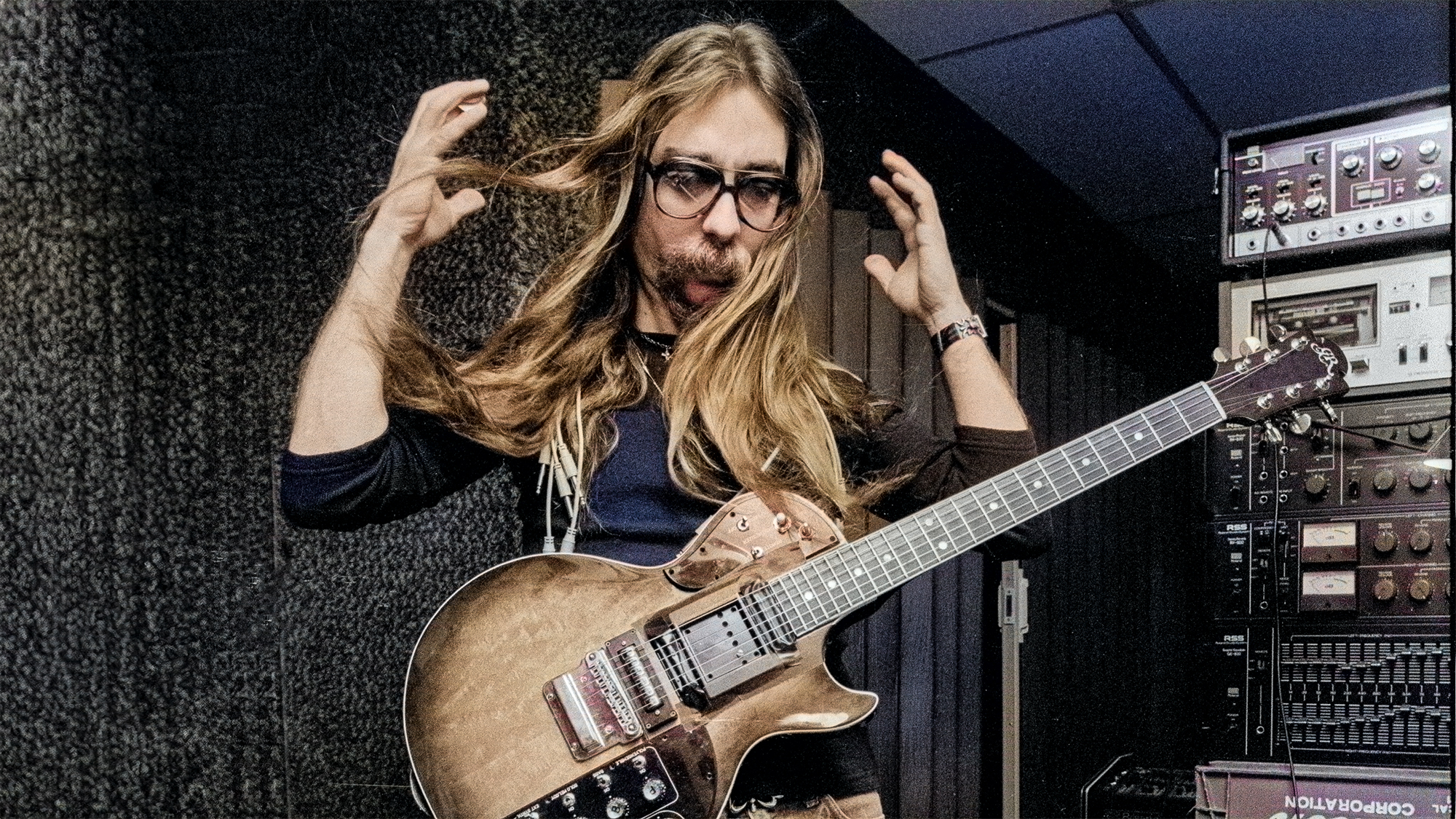“Dear Stephen. Funny how some things that start spontaneously end that way. Eat a peach, Neil.” The time Neil Young bailed on Stephen Stills in the middle of their sold-out tour
The Stills-Young tour of 1976 was supposed to revive the power of their Buffalo Springfield era. It ended midway through with a freeway exit and a telegram
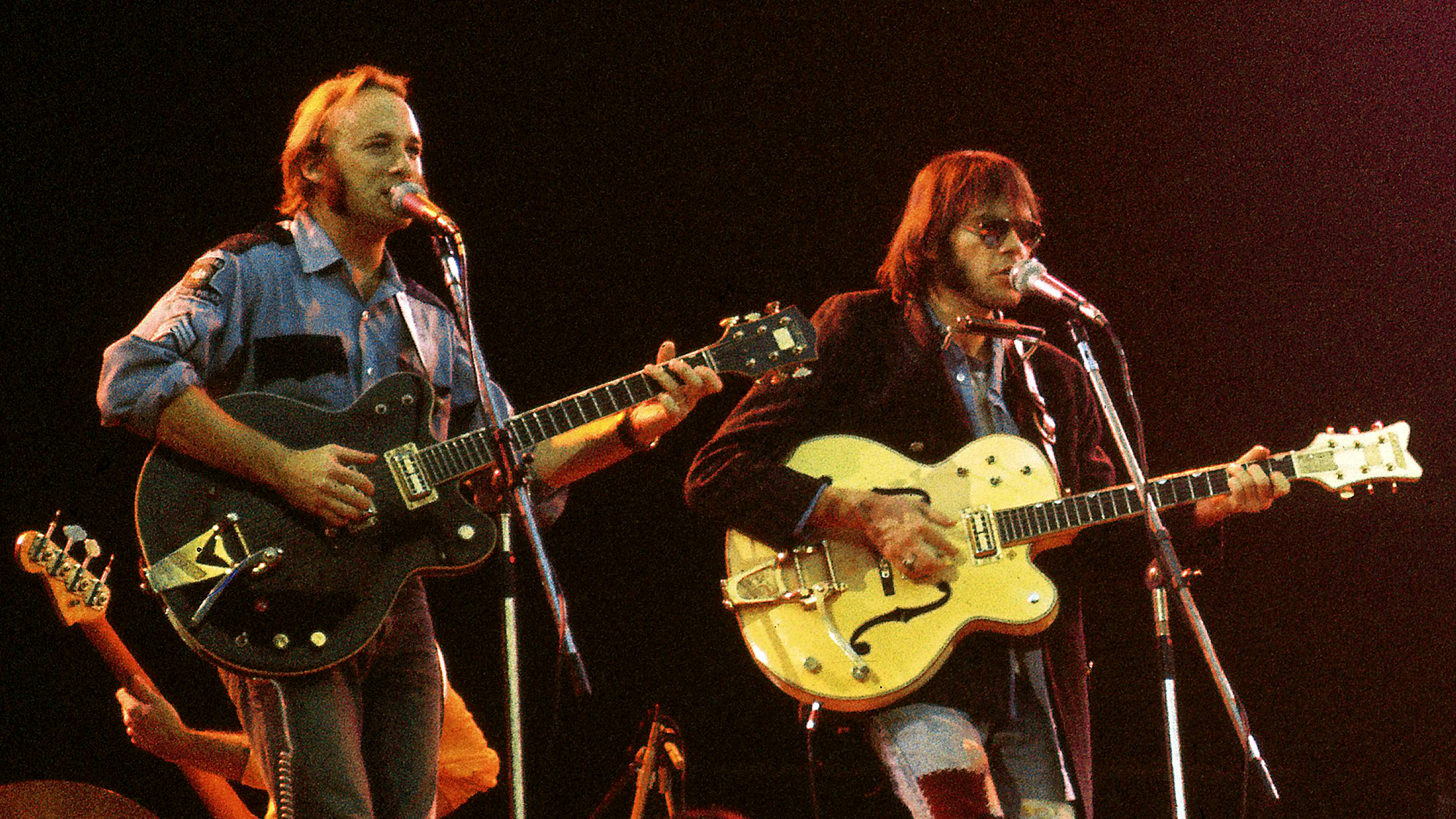
When Stephen Stills and Neil Young announced the launch of a tour in 1976, fans had good reason to celebrate. The Stills-Young union had been the heart and soul of Buffalo Springfield, the late-‘60s group that — despite the guitar and songwriting talents of its members — never achieved its full promise.
Young’s entrance into Crosby, Stills and Nash in 1970 didn’t have the same thrill to it as when Stills and Young strapped on electric guitars in their Buffalo Springfield days. Although the quartet became a major act of the early ’70s, it could never match Springfield’s innovative and diverse range of music, nor did it give Stills and Young as many opportunities to put their electric guitar talents to work.
As a result, the launch of a Stills and Young tour in the summer of 1976 seemed like an opportunity to relive the excitement of 10 years earlier, when Buffalo Springfield scored a hit with Stills’ “For What It’s Worth.”
But like so much in the world of Crosby, Stills, Nash & Young, personalities got in the way.
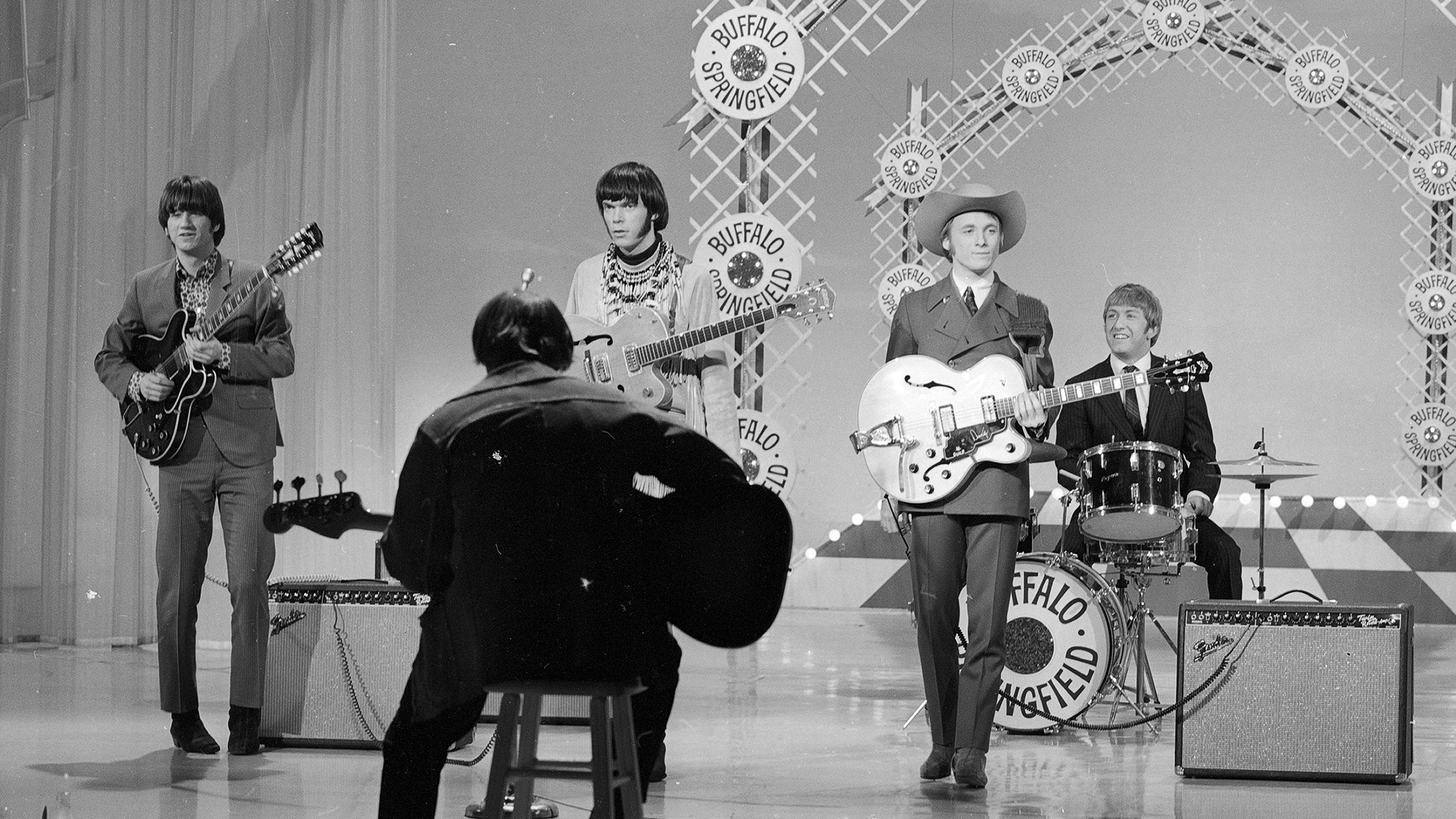
The tour was a byproduct of Stills and Young’s attempt to recapture the glory of their early years in the recording studio. In February 1976, they began work on an album in Miami’s Criteria Studios, the facility where celebrated albums like Derek & the Dominos’ Layla and parts of the Eagles’ Hotel California and Fleetwod Mac’s Rumors were recorded in the 1970s.
Unfortunately, Stills and Young failed to reignite the fire of their prior union. Part of the problem was their working arrangement: Stills was a night owl and would retire by the time Young arrived at the studio in the morning. The much anticipated guitar fireworks never happened.
“The Stills/Young band was a sort of attempt to wrap up something that we had started a long time ago,” Young reflected in 1980. “It really wasn't as hot as the early stuff we did. When we were about 20 we used to lock horns a bit, and that was good for the group.”
All the latest guitar news, interviews, lessons, reviews, deals and more, direct to your inbox!
Following a break in March, Young invited Crosby and Nash to add their vocals to the work he and Stills has recorded. Suddenly, the project began to look like the long-awaited follow-up to the quartet’s 1970 album, Déjà Vu,
But the good vibes ended when Crosby and Nash were forced to leave to complete work on what would become their 1976 album, Whistling Down the Wire, then approaching its deadline. Angered by their actions, Stills and Young erased Crosby and Nash’s contributions from the recordings and vowed to never work with them again.
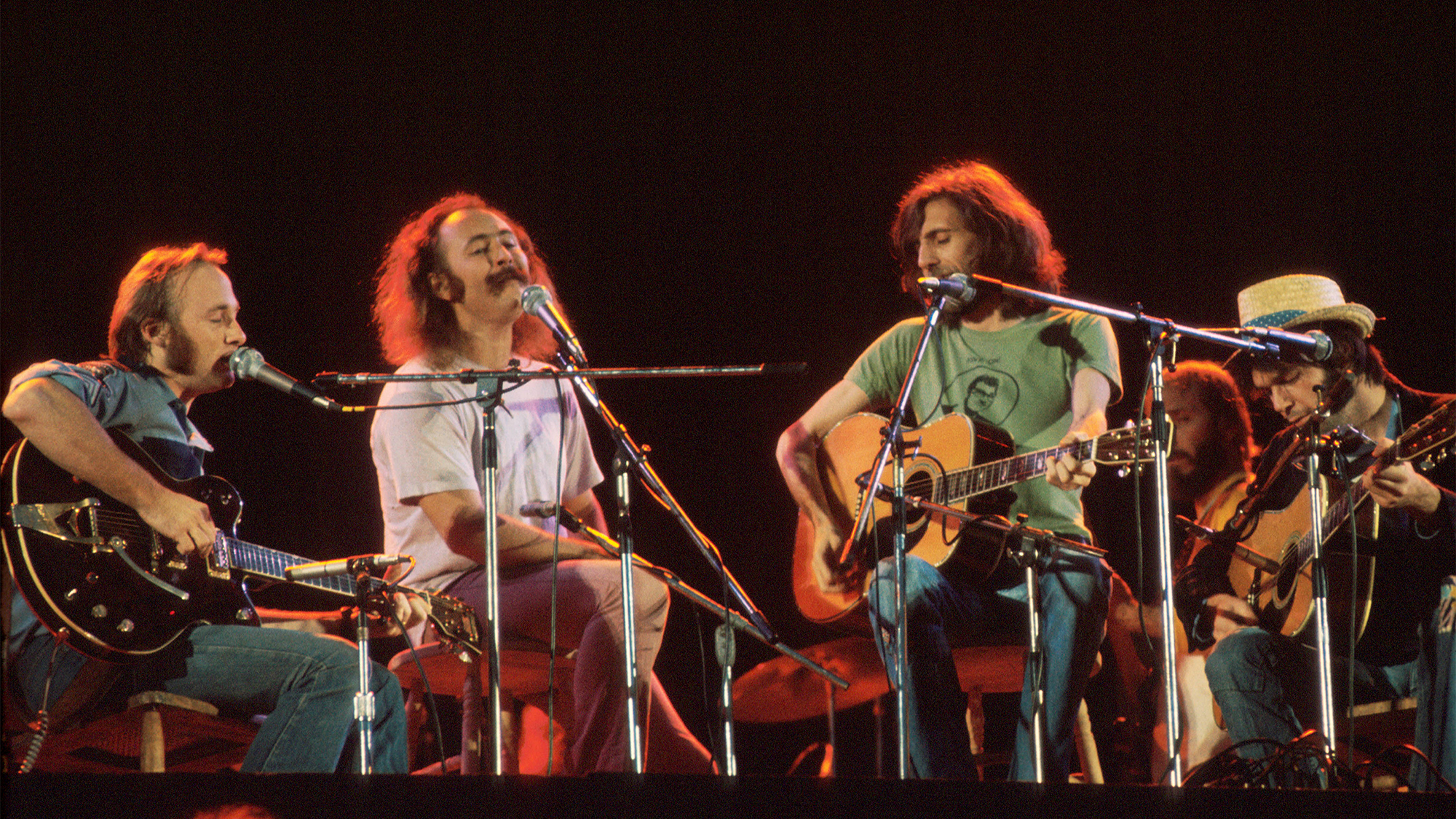
Besides, Stills and Young were facing a deadline of their own. They’d booked a summer tour and needed to finish the album before then. By early June, the sessions had wrapped on what would become Long May You Run, the sole album credited to the Stills-Young Band. The disc was scheduled for a September release, and in the meantime, Stills and Young hit the road for their sold-out U.S. summer tour.
For fans, the setlist couldn’t have looked better. The show would open with the duo performing Stills’ hit “Love the One You’re With” and continue with Young’s “The Loner” and “Helpless” and a crowd-rousing performance of Springfield’s “For What It’s Worth.” The set would wrap with the title track from their forthcoming album, “Long May You Run,” Stills’ “Black Queen” and Young’s 1970 hit “Southern Man.” Following solo sets, the duo would end the night with a finale that included Young’s “Cowgirl in the Sand” and Springfield’s “Mr. Soul,” before an encore of an electrified “Suite: Judy Blue Eyes.”
The tour started off rough but promising, leading Stills to declare after a show in Hartford, Connecticut, “There’s no place I’d rather be than right here, playing with that guy.” As the tour continued, the two men found their groove, the harmonies and guitar solos meshing with the energy and head-cutting frenzy fans paid for.
But in reality, the shows demonstrated the growing rift between rock’s more polished and professional style, associated with Stills, and the looser, unvarnished presentation of the emerging punk movement that had more in common with Young and Crazy Horse.
Critics were largely unanimous in their assessment. The phrase “Young Hot, Stills Not” is often used when discussing newspaper reviews of the day. Whether or not it was ever used, it summed up some of the group’s early shows, when Stills’ drive for perfection forced Young to focus so intently on his vocals that he often had trouble cutting loose on guitar.
Some reviews asked why Young had even undertaken such a tour in place of the road show he’d originally had planned with Crazy Horse. According to one of Young’s associates, he’d done it to help Stills get some fire back in his belly. “It was something Neil felt he had to do.”
Stills — whose fiery temperament could lead him to behave erratically — got hung up on the reviews. Young encouraged him to let it go, but he couldn’t and would stay up late after the shows drinking. His perfectionism led him to berate the sound engineer at the July 20 show at Carolina Coliseum in Columbia, South Carolina, when he became unhappy with the stage mix.
Young decided he’d had enough. With several shows left to go, he bailed following the Columbia show. Rolling Stone reported that he’d been plagued by “a recurring throat illness” and “gone into seclusion at his Northern California ranch” at the recommendation of doctors to get some rest.
The truth was probably too harsh for Young to admit: He’d abandoned the tour without so much as a day’s notice.
As his tour bus was pulling out of Columbia, Young wondered aloud what Crazy Horse guitarist Frank "Poncho" Sampedro was doing. Pancho’s girlfriend, part of Young’s entourage, replied, “He’s sitting in California freaking out, wondering why he’s not on the road with you. They’re all bummed out.”
Perhaps Young suddenly realized the colossal mistake he’d made by committing to the tour with Stills. Possibly he was just fed up and wanted to go home. Whatever the case, he instructed the driver to pull off the interstate and, reportedly, headed to Nashville. He telegrammed notice of his departure to Stills:
“Dear Stephen. Funny how some things that start spontaneously end that way. Eat a peach, Neil.”
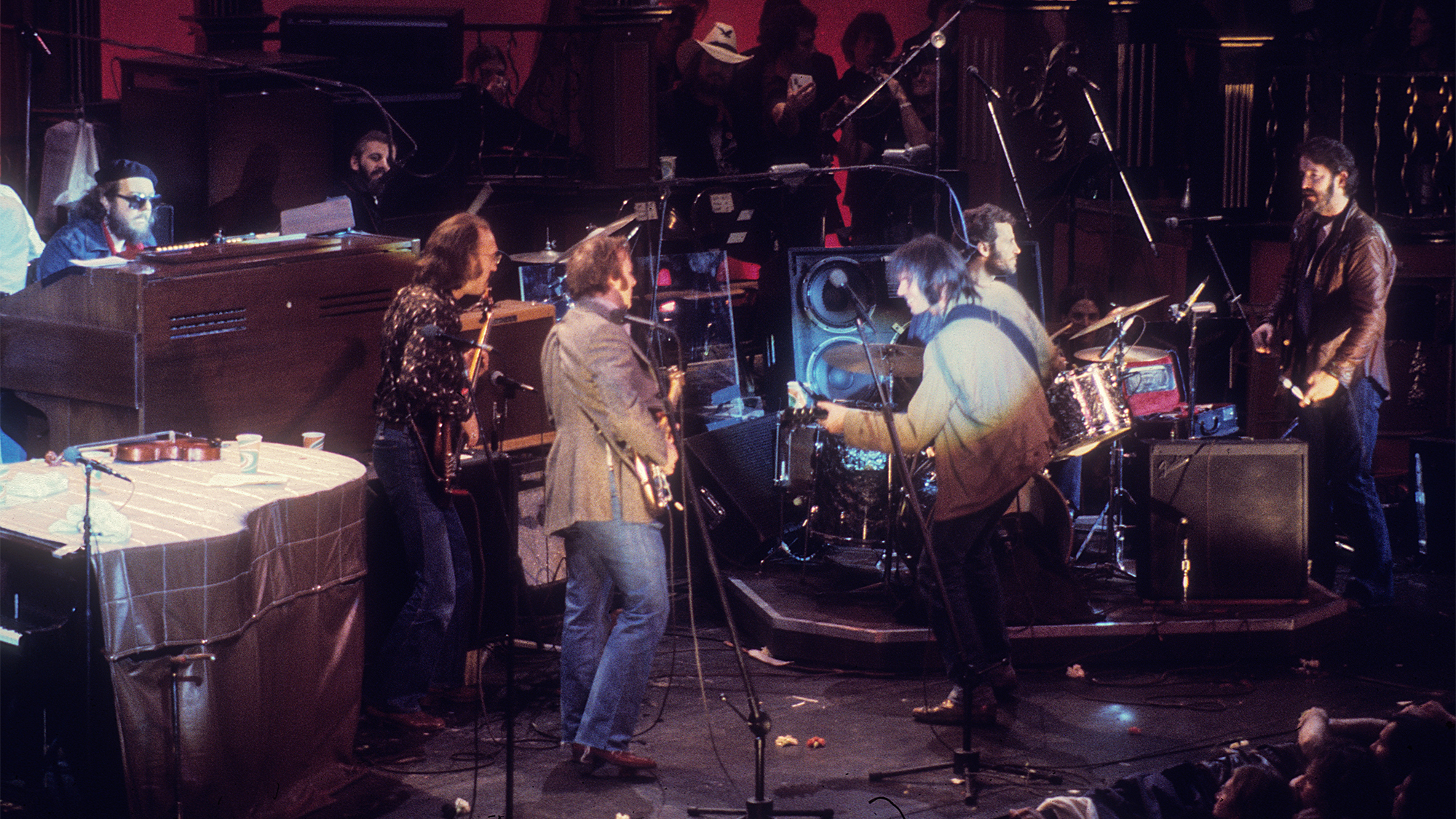
Young claimed his cryptic comment was simply a reference to the fact that the tour was headed to Atlanta, but fans had to wonder if Young was thinking of the Allman Brothers’ 1972 album, Eat a Peach, the last to feature recordings with Duane Allman, who died in October 1971. The record’s title came from Duane himself. “When I’m in Georgia, I always eat a peach for peace,” he explained in an interview. Maybe it was just Young’s way of suggesting Stills quiet his demons and find some solace.
Time would heal the wounds between all four members of CSN&Y. Less than a year after swearing off future work with Crosby and Nash, Stills regrouped with them to record CSN, which included the Nash hit “Just a Song Before I Go.”
Stills and Young would reconnect again months after the tour, when Stills showed up near the end of the Band's Last Waltz show on November 25 at the Winterland Ballroom. CSN&Y would eventually regroup in 1988, and Stills and Young remain close, with the guitarist in attendance at Young’s 70th birthday party, in 2015. But the 1976 tour would mark the last attempt to reclaim the glory of their Buffalo Springfield years,
Christopher Scapelliti is editor-in-chief of GuitarPlayer.com and the former editor of Guitar Player, the world’s longest-running guitar magazine, founded in 1967. In his extensive career, he has authored in-depth interviews with such guitarists as Pete Townshend, Slash, Billy Corgan, Jack White, Elvis Costello and Todd Rundgren, and audio professionals including Beatles engineers Geoff Emerick and Ken Scott. He is the co-author of Guitar Aficionado: The Collections: The Most Famous, Rare, and Valuable Guitars in the World, a founding editor of Guitar Aficionado magazine, and a former editor with Guitar World, Guitar for the Practicing Musician and Maximum Guitar. Apart from guitars, he maintains a collection of more than 30 vintage analog synthesizers.
